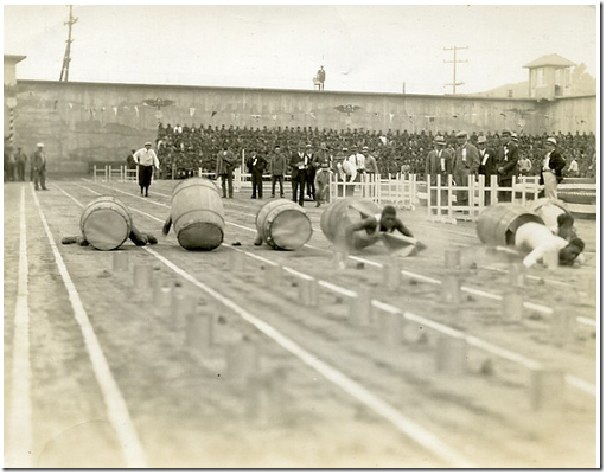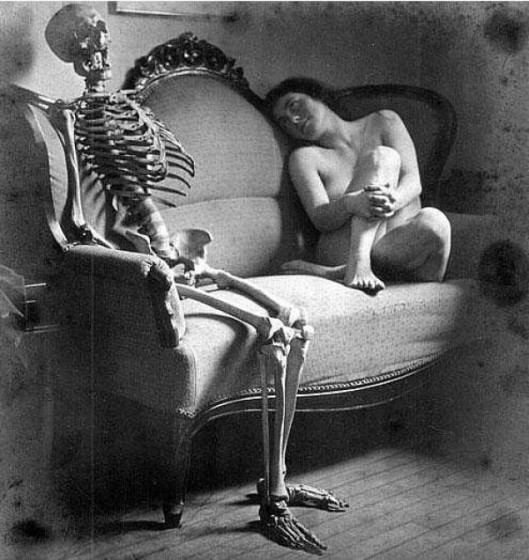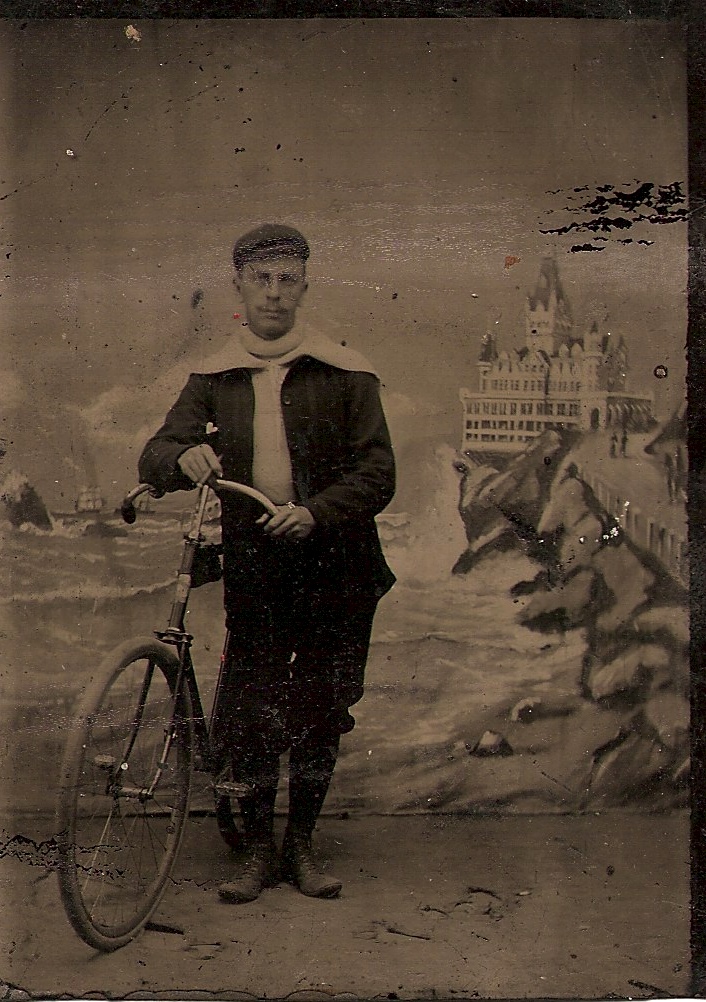The Nostalgia Project
When
my mother and stepfather downsized
from
the house I grew up in to something
befitting
retirees, there was almost forty years
of
stuff shoved in basements and closets, despite
diligent
garage sales and trips to Goodwill.
A
heap of old photo albums came to me,
lone
survivor of so many deaths, divorces,
and
remarriages, a final loop of wool
in
an otherwise unraveled garment.
One
album went back to the 1920s,
with
edge tabs and black pages,
falling
apart, lost photos leaving behind
ghostly
windows, all the faces unknown to me.
Others
were from the 70s and early 80s,
sticky,
yellowing leaves that have lost
their
adhesiveness, whose cellophane sleeves
have
grown loose and crinkled.
Some
of the photos themselves are faded or scratched.
I
dutifully begin scanning them so they can be
easily
shared with distant relatives, to see if anyone’s
memories
reach back that far, files labeled
and
sorted to the best of my knowledge. I will
transfer
the photos themselves to new albums
to
try to preserve the original snapshots and Polaroids.
Twenty
albums take me months to get through.
At
the same time, I think, mere months
to
preserve the artifacts of at least five generations?
That
something that’s supposed to be so permanent
and
historic can be so easily undone?








Edwin Land founded the Land-Wheelwright Laboratories in 1932 to commercialize the 1st inexpensive filters capable of polarizing light (which he called Polaroid film) and renamed it 1937. Although the initial major application was for sunglasses and scientific work, he found many additional applications such as color animation in the Wurlitzer 850 Peacock jukebox, glasses in full-color stereoscopic (3-D) movies, brightness control of light through a window (a necessary component of all LCDs), dark-adaptation goggles, target finders, the 1st passively guided smart bombs, and a special stereoscopic viewing system to locate camouflaged enemy positions in aerial photography. He also developed a process for in-camera self-developing photography and in 1947 he demonstrated the Polaroid Land Camera; the instant camera went on sale in late 1948, allowing photos to be taken and developed in 60 seconds or less.
ReplyDelete